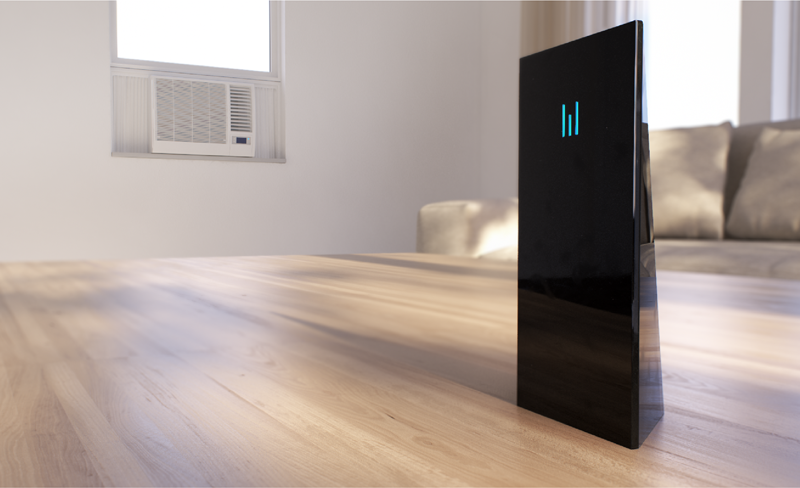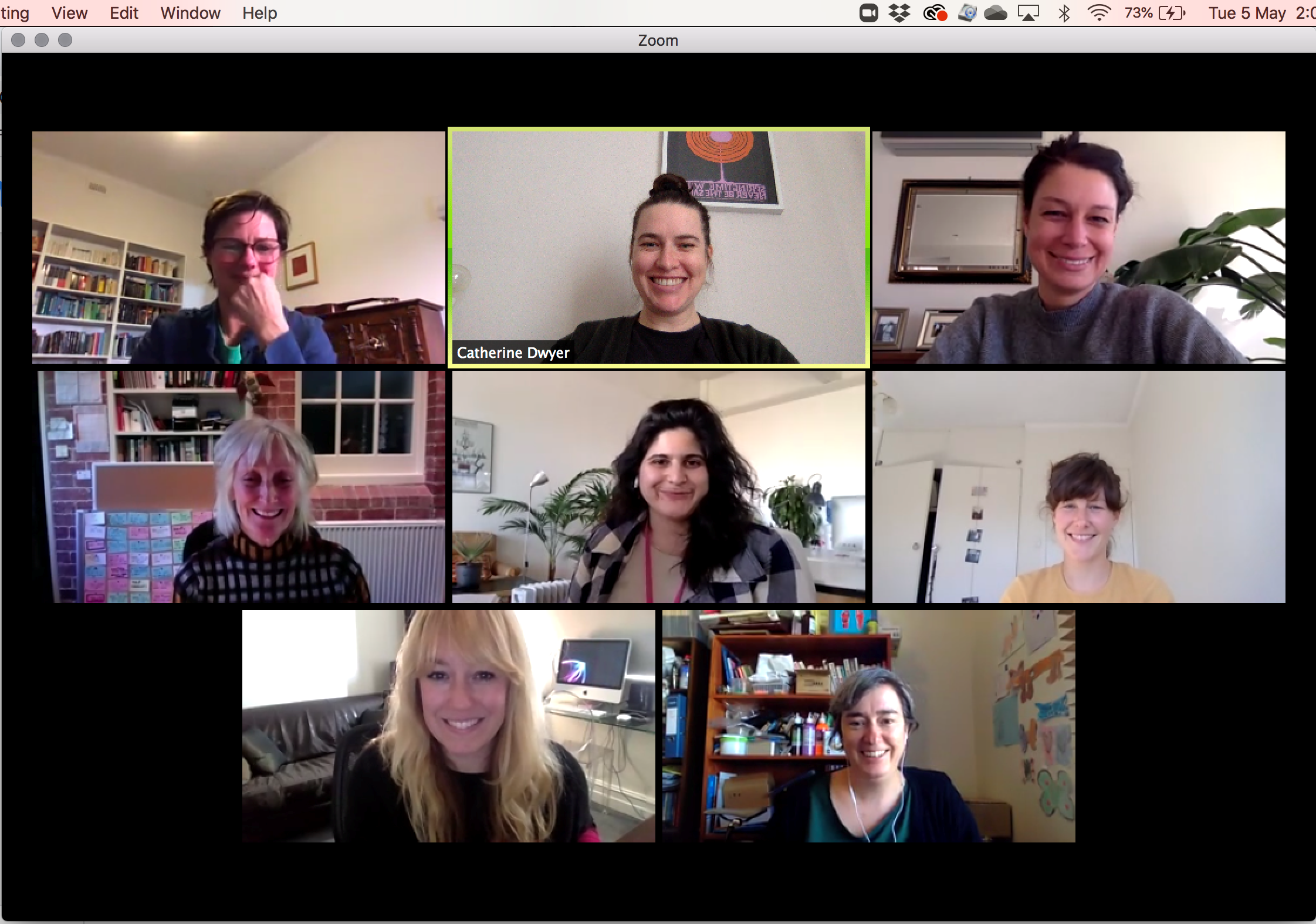The kitchen that keeps an eye on Alzheimer’s patients by using digital technology | Mail Online
Elderly shoppers to get ‘sat nav’ gadget to find their way around supermarkets | Daily Telegraph
My Comments
These projects that have been recently developed in the UK are implementing technologies that may be trivialised by most of us in order to help elderly and disabled people gain the right to a dignified lifestyle.
For example, the kind of motion detectors used in the Nintendo Wii’s controllers or those new pocket projectors that may only have trivial uses are being implemented in the kitchen to help Alzheimers patients know their way around cooking processes. Similarly, the use of GPS and cellular location technology is being implemented to help older people navigate the typically-large supermarket which has layouts that change at the whim of the product managers.
The home network can be the key backbone of these assistive technologies by being a data conduit and a gateway to the Internet. It doesn’t matter whether it is based on hardwired Ethernet, WiFi wireless technology or existing-wire technologies like HomePlug power-line or MoCA coaxial cabling; or a mixture of these technologies.
Yet there are some challenges that need to be achieved to make this kind of idea feasible at a cost-effective level and in a wife-friendly attractive manner.
One challenge could be one or more standard computing platforms for building security and automation applications, in a similar vein to what has happened for home and office computing setups; handheld devices like smartphones and PDAs; and network-attached storage devices. This would allow for heterogenous systems that work with hardware and software from different manufacturers to suit the specific and evolving needs of householders and building owners.
Another would be to encourage the development and commercialisation of indoor location technology in conjunction with common smartphone platforms as a way of allowing one to navigate large shops. This could then be implemented through a piece of software that is loaded on to a common smartphone device and the maps being available through the Internet or similar means.
Another would be to encourage the support of building security and automation as well as home IT as a key to improving the quality of living for the elderly and disabled amongst us. This would have to include encouraging the state’s social-welfare arm and the charity sector, both secular and faith-based, to provide access to these technologies.
The effort would certainly go a long way to providing a dignified and independent lifestyle for an older population which will certainly increase as the baby-boom generation enters the senior years.




Hi, good post. I have been thinking about this topic,so thanks for sharing. I’ll definitely be subscribing to your posts.